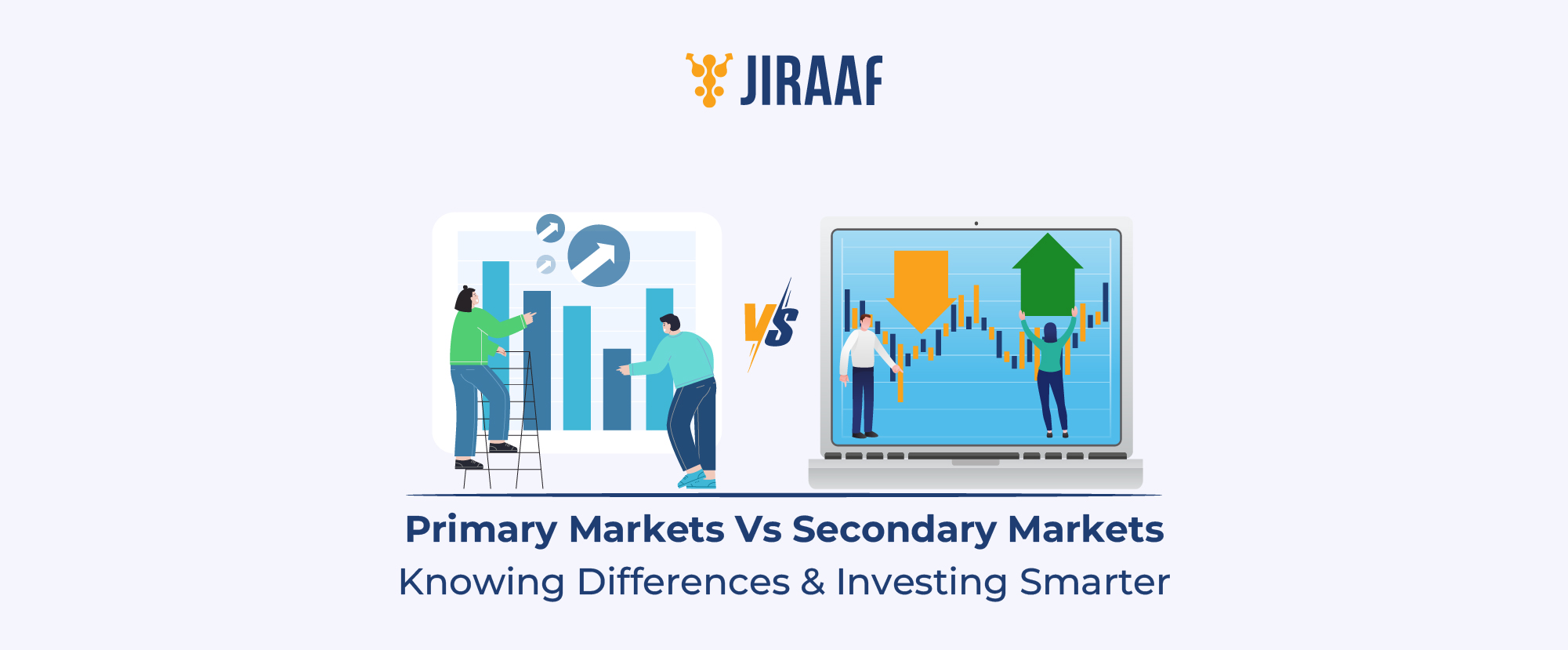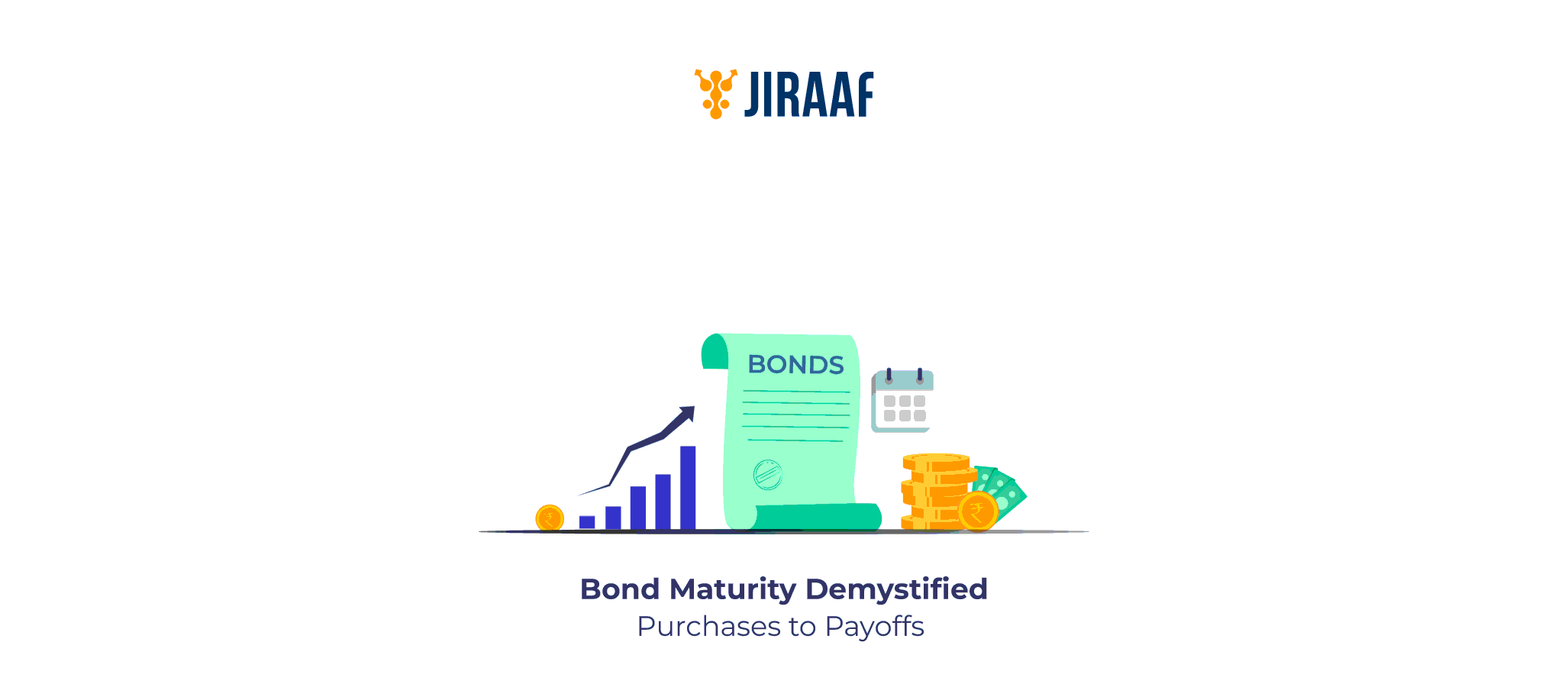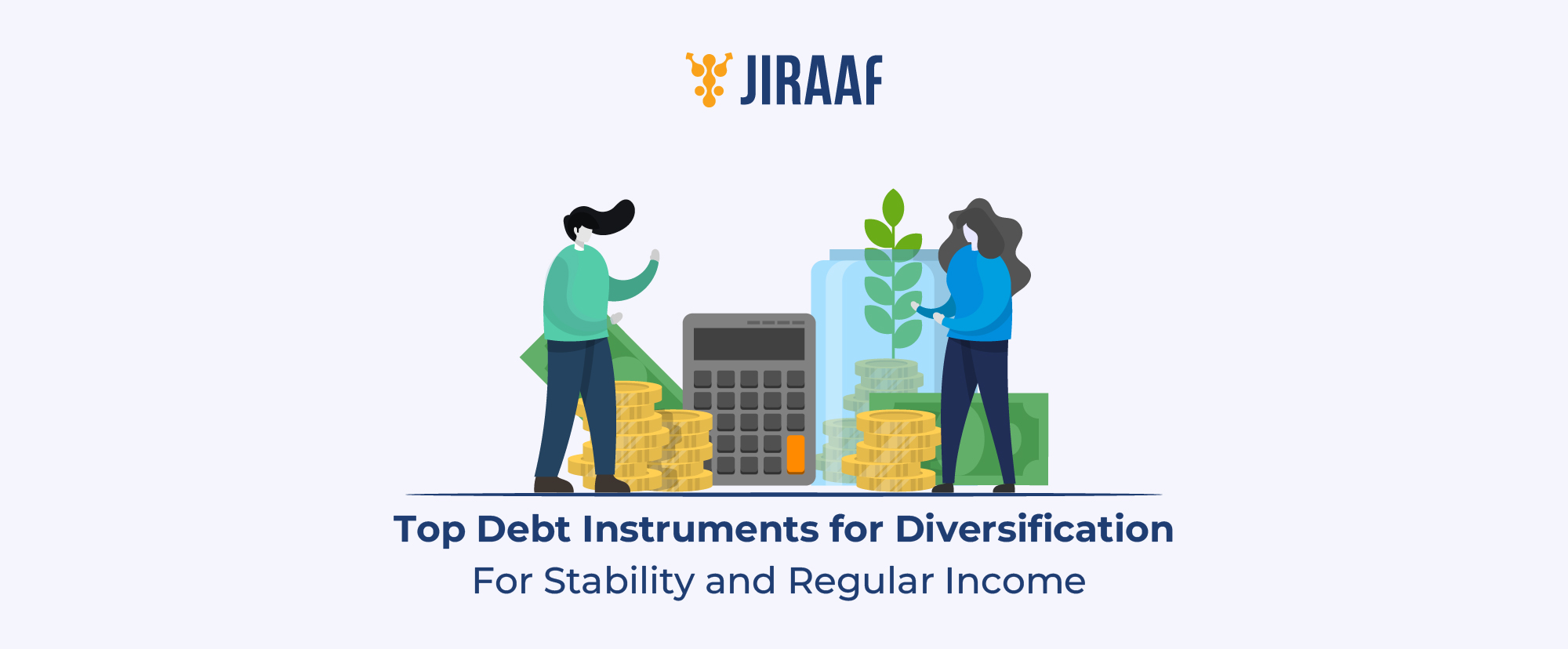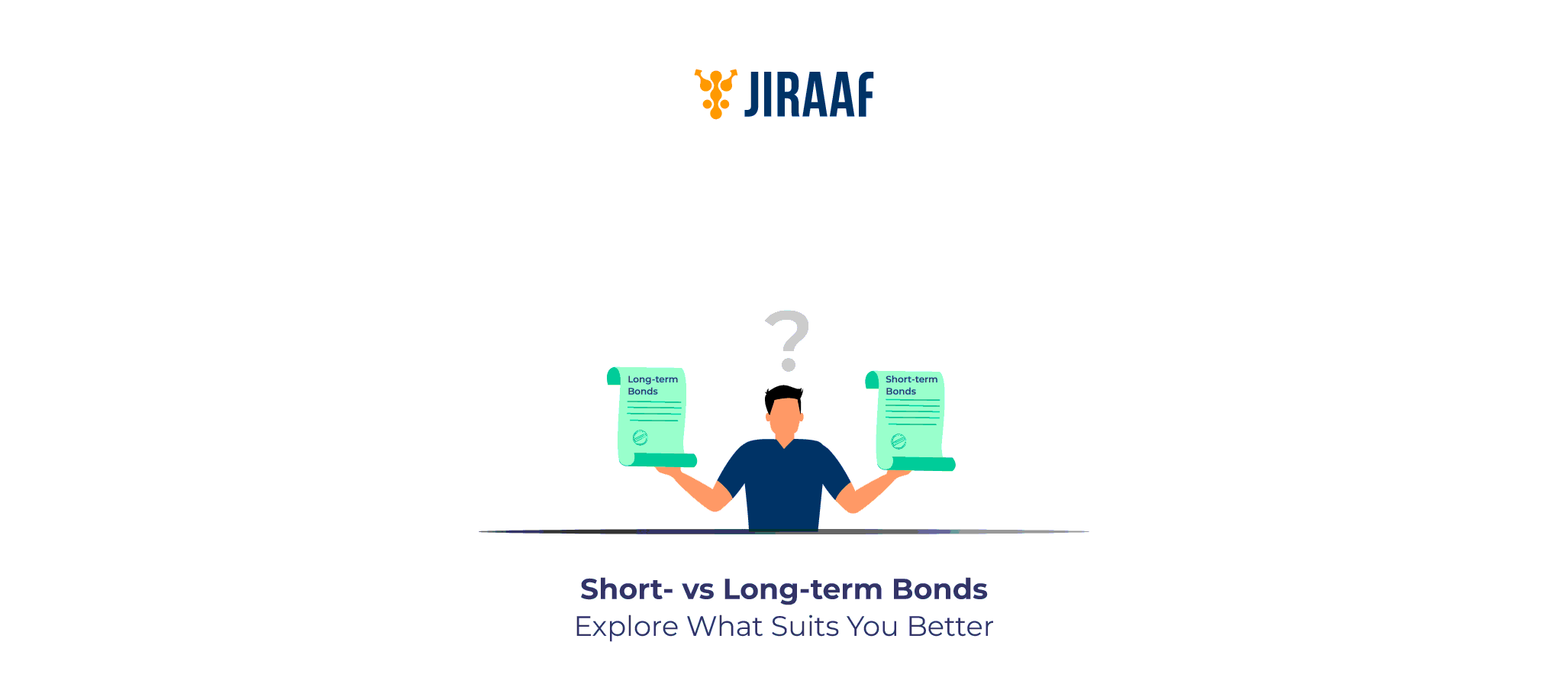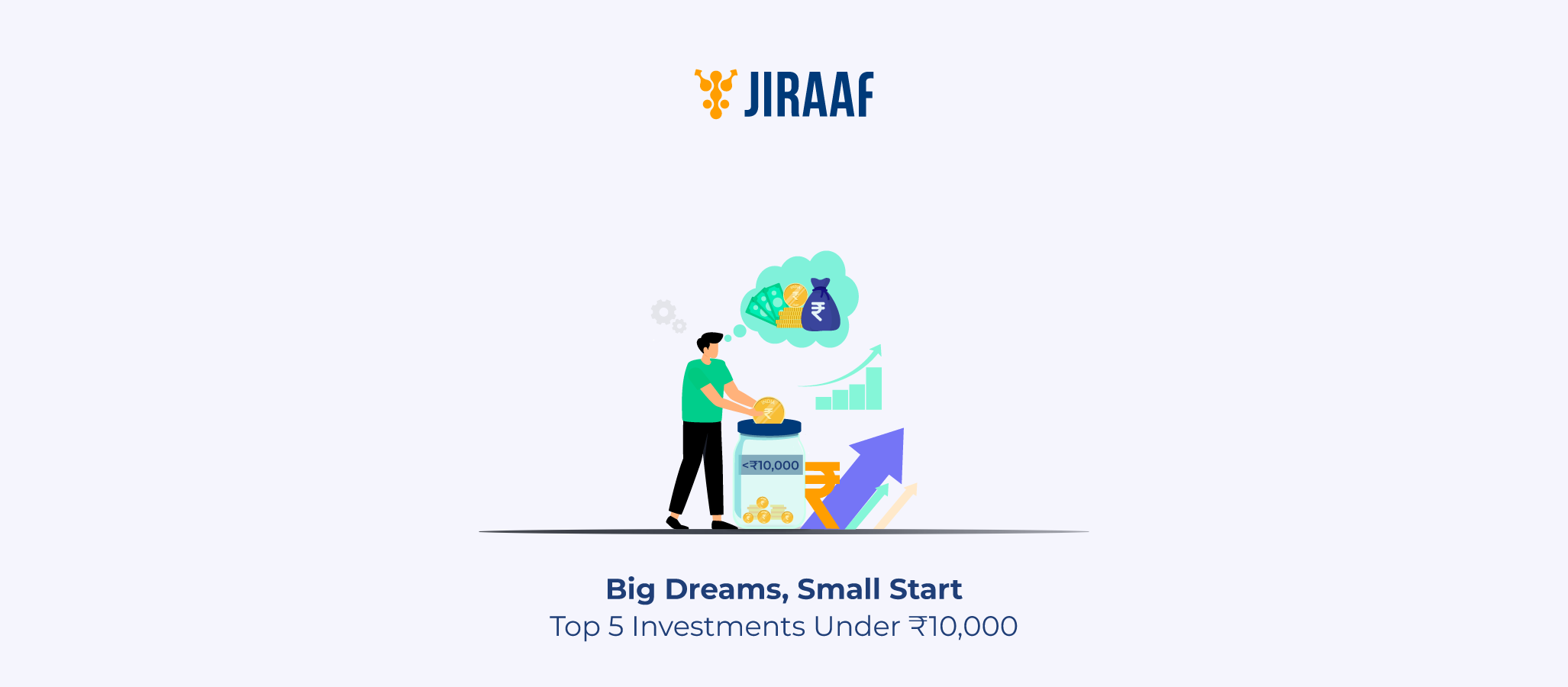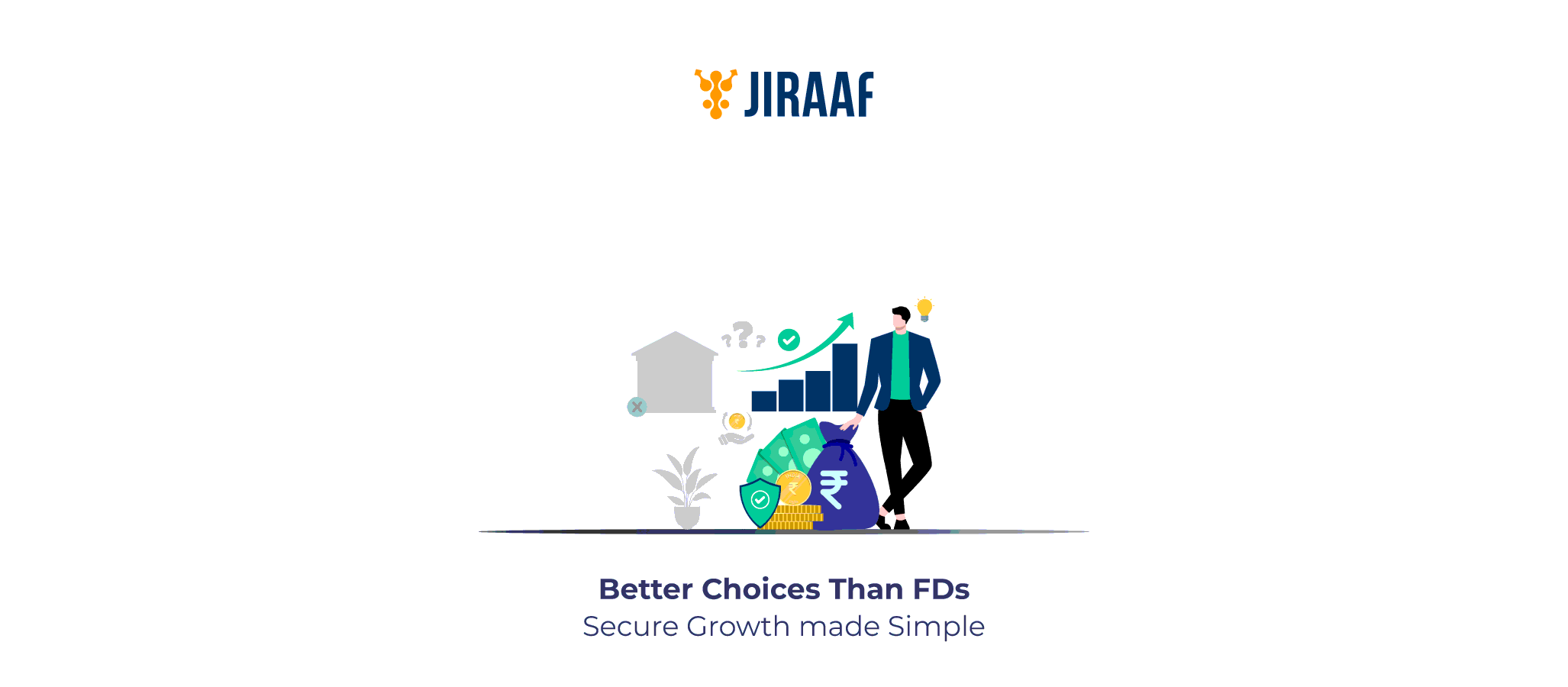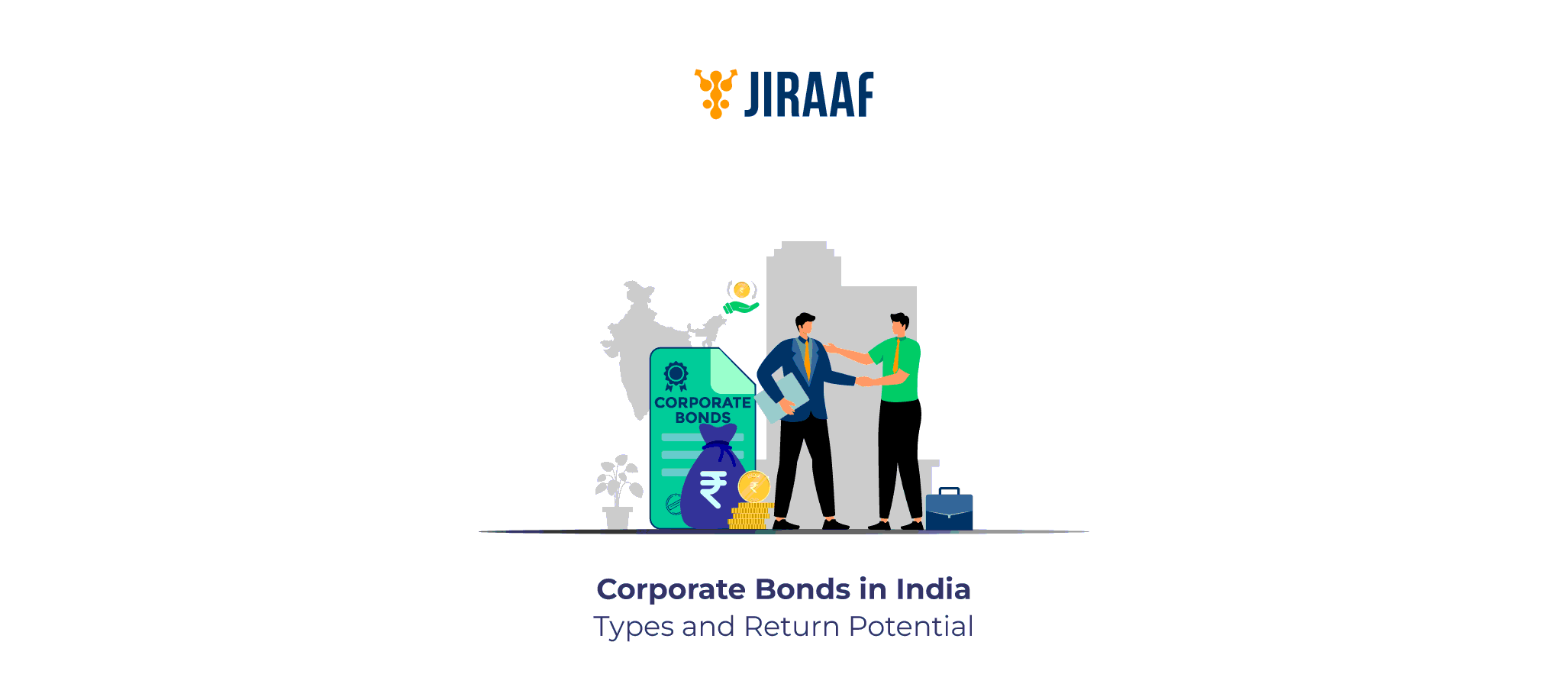Imagine buying the latest smartphone. When you purchase it directly from the company on launch day, you’re getting it brand-new, straight from the source. In financial terms, that’s similar to the primary market, where companies sell their securities (such as shares or bonds) to investors for the very first time.
Now, picture a different scenario—someone who already owns that same phone decides to sell it online, and you buy it from them instead of the company. That’s the secondary market, where investors trade previously issued securities among themselves.
Each market plays a unique role in how capital flows and wealth is built. Understanding this difference is the first step toward becoming a more informed investor.
In this blog, we will discuss the key differences in primary and secondary markets, their role in the investment ecosystem, how bonds are issued and traded in these markets, and much more.
What are Primary Markets?
The primary market is a place where securities like stocks, bonds, etc., are first introduced to the public. The process of offering these securities to the public for the first time is called an Initial Public Offering (IPO).
However, companies in the debt space frequently tap the market with multiple bond issues within a year. While investors often label all issues as “Bond IPOs”, the term is not entirely accurate. Only the first issuance qualified as the initial one; subsequent issuers are more appropriately termed “Public Issues of Bonds”. For simplicity, we will use the term “Bond IPO” throughout the blog.
Similar to equities, you can apply for any issuer’s bond IPO during the specified allotment window from your demat account. Once you receive the allotment, these bonds can be traded on the exchange, much like equity shares just by using a simple buy-sell order.
For example, the government uses an RBI auction to issue new government bonds. And you can place a bid and invest in these bonds at par, premium or discount, through your demat account.
In India, primary markets are heavily regulated by entities like the SEBI and RBI. Here are some of the key features of primary markets:
- Debt Issuance Channels
Companies and governments raise funds by issuing debt instruments, either through public offerings (open to all investors) or private placements (targeted at select institutional or high-net-worth investors).
- Role of Market Intermediaries
Market intermediaries such as investment bankers, registrars, transfer agents and credit rating agencies all work together to ensure smooth bond issuances and transparent bond pricing.
- Regulatory Oversight
All primary debt market activities are closely monitored by SEBI and the RBI, ensuring investor protection, compliance, and fair market practices.
While the primary market focuses on issuing new securities and raising capital, the journey doesn’t end there. Once these bonds or shares are allotted, they enter the secondary market, where investors buy and sell them among themselves.
What are Secondary Markets?
The secondary markets allow investors to buy and sell the already issued securities in the market. It ensures that investors always have a place to enter or exit their investments, increasing market liquidity, and promoting fair prices for securities.
Meaning, you can buy or sell your bonds with other investors after they have been issued, without the issuer’s involvement. Secondary market trading takes place through;
- Organized exchanges such as the NSE and BSE.
- Over the counter (OTC) platforms, particularly for investing in corporate and PSU bonds.
For instance, when a corporate bond is issued and you buy it, you can sell it on an OTC platform at discount, par or premium anytime during market hours. Your capital will be transferred without you needing to hold the bond till maturity.
Some of the key features of secondary markets include
- Regulatory Framework
The secondary debt market operates under the oversight of the Reserve Bank of India (RBI) for government securities and the Securities and Exchange Board of India (SEBI) for corporate bonds, ensuring transparency and investor protection.
- Active Market Infrastructure
A well-organized network of stock exchanges, brokers, dealers, and online bond platforms such as Jiraaf facilitates smooth and efficient trading between investors.
- Liquidity and Exit Options
The market provides liquidity by allowing investors to sell their bonds before maturity, helping them rebalance portfolios or access funds when needed.
Now that we’ve defined each market separately, let’s put them side-by-side to see how they differ.
Key Differences Between Primary and Secondary Markets
| Characteristics | Primary Market | Secondary Market |
| Purpose | Capital raised by issuers directly | Trading of already issued securities between market participants (investors) |
| Price Discovery | Issuer sets coupon & price initially | Supply–demand dynamics determine the price |
| Liquidity | Limited before listing | More liquid due to resale opportunities |
| Costs | Lower issue costs (e.g., no broker fees) | Brokerage, stamp duty, and bid–ask spreads apply |
| Risk Exposure | Upfront risk on new issues | Market price risk, interest rate risk |
How Are Bonds Issued in Primary and Traded in the Secondary Markets?
Before a bond IPO, issuance of bonds must follow a certain set of steps:
- Appointment of Lead Managers
The issuer begins by appointing one or more SEBI-registered merchant bankers as lead managers to oversee and manage the debt issuance process.
- Board Approval and Draft Submission
Once the issuance is approved by the company’s board of directors, a draft offer document is submitted to the stock exchange for review.
- Filing of Offer Document
The issuer must file a comprehensive offer document containing key details such as the terms and conditions of the issue, financial performance over the last three years, the Memorandum and Articles of Association, and the proposed utilization of funds raised through the bond issuance.
- Full and Fair Disclosure
The draft offer must include all material information and disclosures necessary for investors to make well-informed investment decisions.
- Due Diligence by Lead Managers
The issuer is required to furnish all necessary documents and data to the appointed lead managers to enable them to conduct thorough due diligence in accordance with SEBI’s prescribed standards.
- Application by Investors
After the issuer decides the amount, coupon rate and tenure of the bond, you can apply to invest in the bond through the Demat or RBI platforms.
After the initial process and listing is done, you can buy and sell bonds in the secondary markets. Let’s have a deeper look:
How Bonds Are Traded in the Secondary Market
- Exchange-Based Trading
Once listed, bonds can be traded on recognized stock exchanges such as the NSE or BSE.
- Over the Counter (OTC) Trading
Corporate and PSU bonds are often traded through brokers, dealers, or dedicated OTC desks, allowing greater flexibility in trade size and pricing between institutional investors.
- Price Discovery and Fluctuations
Bond prices in the secondary market fluctuate regularly based on changes in interest rates, issuer credit ratings, and broader economic conditions. This dynamic pricing helps investors gauge real-time market value.
- Settlement and Transfer
Once a trade is executed, settlement occurs electronically through systems that connect to investors’ demat accounts, ensuring quick and secure transfer of ownership.
Now you’ve seen how the bond market works from the moment a bond is issued to when it changes hands between investors. But what role do these two markets actually play in shaping India’s investment landscape? Let’s break that down next.
Role of Each Market in the Investment Ecosystem
Both the primary and secondary markets are integral pillars of India’s financial architecture.
Here is how each market serves a distinct yet complementary purpose for fueling India’s investment ecosystem:
- Driving Capital Formation and Economic Growth
The primary market plays a crucial role in establishing a direct link between investors who want to invest and companies/ organizations who want capital for growth.
- Ensuring Liquidity and Market Efficiency
The secondary market adds depth and dynamism to the system by providing continuous liquidity. It allows investors to rebalance their portfolios, exit or re-enter positions easily, and contributes to real-time price discovery.
- Strengthening Investor Confidence Through Regulation
Together, both markets operate under the strict oversight of SEBI and the RBI, ensuring transparency, accountability, and fair practices.
Conclusion
The true strength of India’s investment landscape lies not just in how efficiently it raises or trades capital, but in how seamlessly both primary and secondary markets sustain one another. The primary market creates new avenues for funding, while the secondary market keeps that capital in motion for overall growth of the nation.
For investors, understanding this flow is essential: value doesn’t end at issuance or trading; it emerges from recognizing where opportunity moves next.
FAQs About Primary Vs Secondary Market
The primary market is where securities like bonds, stocks, etc. are issued to the public for the first time. Whereas the secondary market is a place where investors buy and sell already listed securities.
Yes, retail investors can actively participate in both markets by applying for IPOs in the primary market as well as buying and selling securities in the secondary markets.
In the primary market, the issuer determines the coupon rate of the bond by considering market rates and anticipated demand. On the other hand, factors like supply and demand, market interest rates, etc. influence a bond price in the secondary markets.
